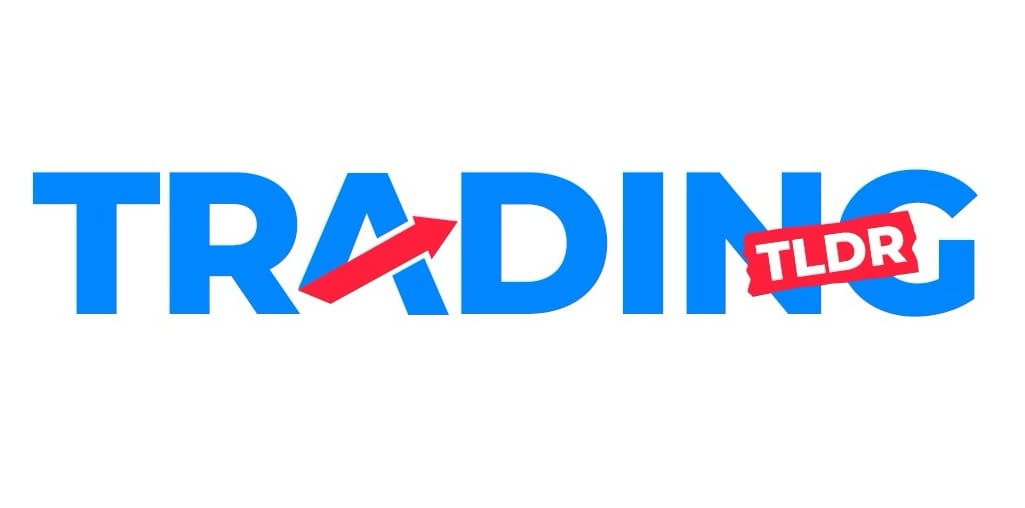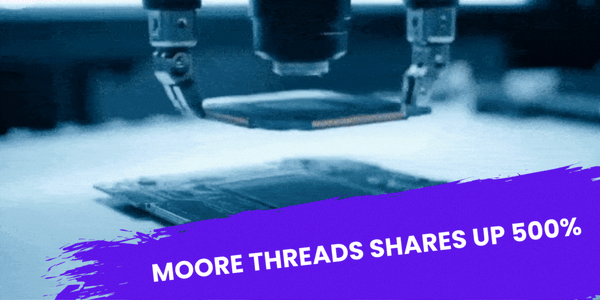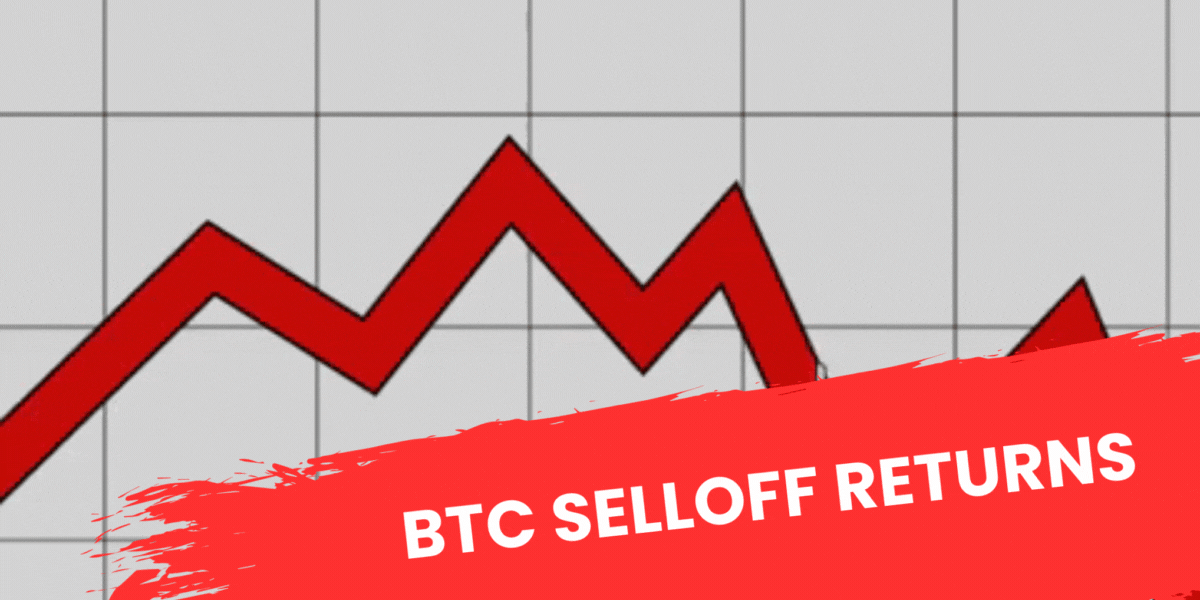Bitcoin Drops From Highs
....................................................................................................................
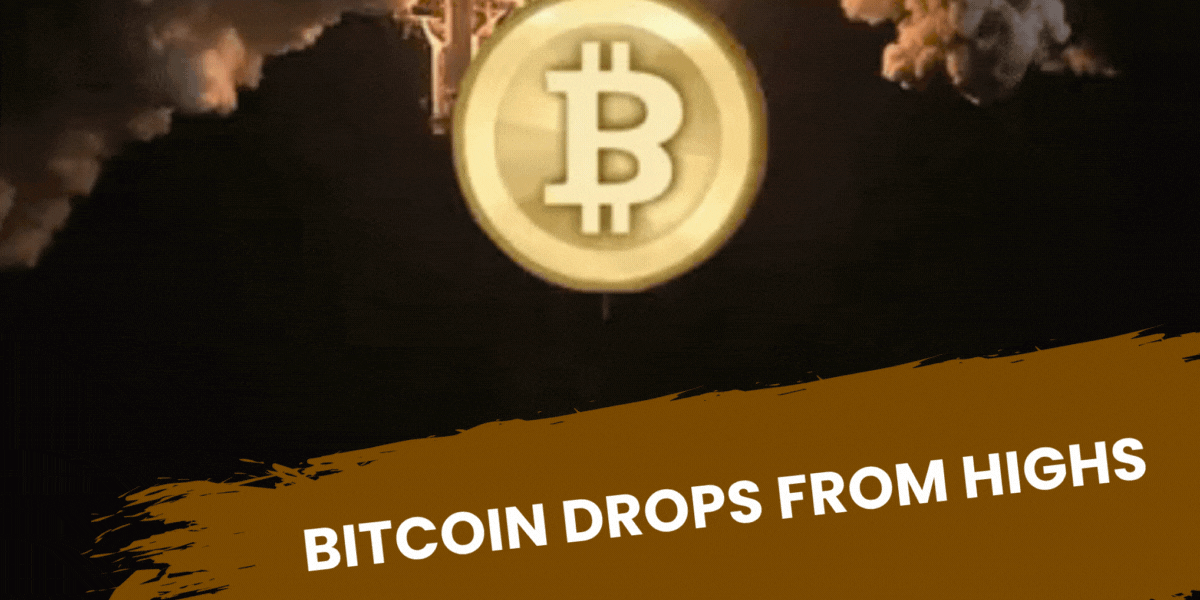

Good morning!
Last week felt like the market put everyone through a stress test.
The government shutdown ended, tech tried to rally and then tripped over itself, and hopes for Fed rate cuts fizzled fast. But as futures opened Sunday night, you could feel a little confidence creeping back in.
Dow futures ticked up. S&P and Nasdaq futures pushed higher. It’s not a comeback… but it’s a pulse.
This week brings real action: Nvidia’s blockbuster earnings on Wednesday, a full slate of retail giants reporting, and a market trying to decide whether we’re risk-on or playing defense.
Bitcoin’s 30% drop from $126K to under $94K is still the biggest mood-setter - a sharp reminder that sentiment can flip fast. Oil cooled as Russia’s Novorossiysk port resumed operations sooner than expected.
In short: the noise is loud, the moves are real, and this week is full of catalysts.
Strap in - it’s going to be interesting.

⬆️ Futures Climb Ahead of Nvidia & Jobs
Futures on the S&P 500 and Nasdaq‑100 are rising as traders gear up for a blockbuster week of corporate earnings (led by Nvidia) and a key U.S. jobs report — the market’s leaning into event risk.
🌏 Markets Edge Higher Yet Cautious Ahead of Nvidia
Global equities are inching up but investors remain wary — with Nvidia’s looming earnings, fading Fed rate-cut bets and macro data still missing, the week risks turning on a misstep.
✊ Tech Sell-Off? Just a Blip
Wall Street strategists are urging investors to hold steady: this week’s swoon in tech stocks is being chalked up to profit-taking, not fading fundamentals - the earnings bull case remains intact.
💸 ORCL, PLTR & SMCI Look Oversold
Analysts are pointing to Oracle, Palantir Technologies and Super Micro Computer as among the most-oversold AI-tech plays in the U.S. market - some of the steepest RSI dives in months signal potential rebound setups.
👱♂️ Trump Picks Up $82M+ in Bonds
Donald Trump purchased at least US $82 million in corporate and municipal bonds between late August and early October, with total amounts possibly exceeding US $337 million, raising questions about policy-linked investing.
💥 Bitcoin Crashes, Wipes 2025 Gains
Bitcoin has erased its 30 %+ year-to-date gain, propelled by crypto-bear market pressures, whale liquidations and fading policy support — warning signs for risk-asset sentiment.
🪙 Gold Holds Ground After Losses
Gold steadied near US$4,080/oz after two days of losses, as traders pivot on weaker-than-expected rate-cut odds and brace for fresh U.S. data and Fed signals.

Emotional discipline is learned, not gifted.
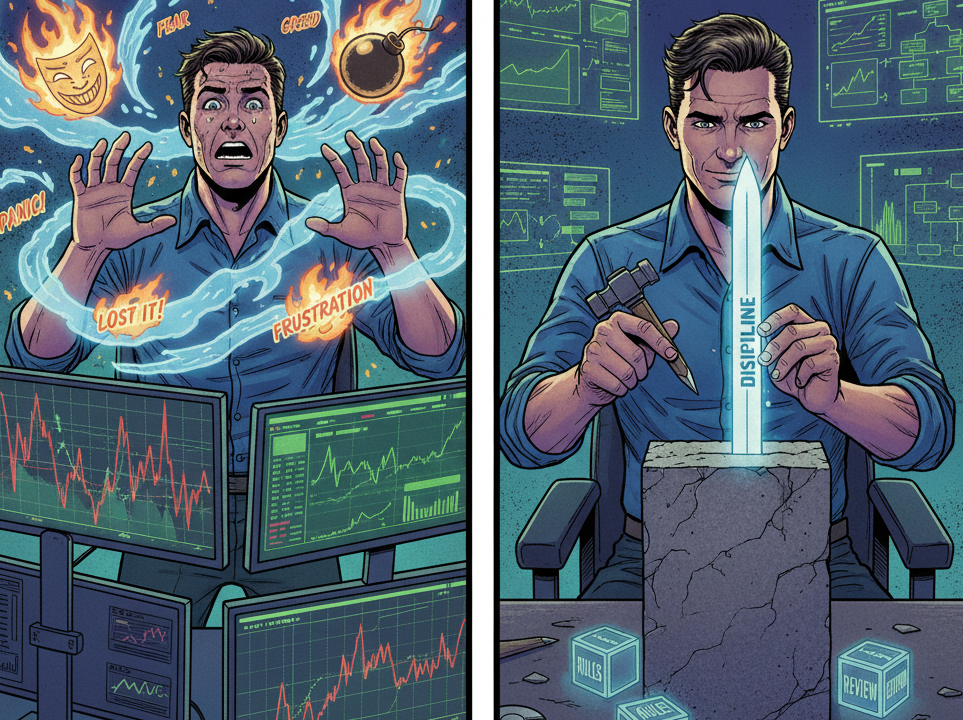
Most traders assume they need a special personality to stay calm. They think emotional control is something other people are born with. That belief creates fear before they even place a trade.
Discipline grows through practice. You follow rules, review your decisions, and remove guesswork. Each repetition builds control. You start reacting less and executing more.
You do not need a perfect mindset. You need a process that keeps you steady when your emotions spike. Consistency teaches your brain what to expect. Over time, the fear and rush lose their power.
Emotional discipline comes from training, not talent.
If you want practical ways to build emotional control and follow your rules with less stress, these newsletters help. They break down simple systems that strengthen discipline through repetition.

On-Balance Volume (OBV)
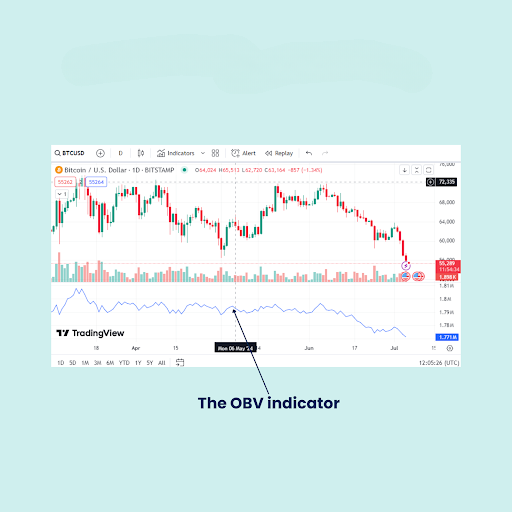
The On-Balance Volume (OBV) is a simple yet effective momentum indicator that relates volume to price change.
Developed by Joe Granville in the 1960s, it is based on the idea that volume precedes price.
It is a cumulative total of positive and negative volume flow, designed to detect when large institutions or "smart money" are accumulating (buying) or distributing (selling) an asset.
The absolute value of OBV is irrelevant; it is the direction of the OBV line relative to the price that provides the key signals.
What to Look For (Key Features and Signals)
The OBV line is calculated by applying a simple rule to each period's trading volume:
- If the closing price is higher than the previous close, the day's volume is added to the running OBV total.
- If the closing price is lower than the previous close, the day's volume is subtracted from the running OBV total.
- If the closing price is unchanged, the volume is ignored (zero).
Here are the key signals traders look for:
- Confirmation of Trend: The OBV should ideally move in the same direction as the price trend.
- In a confirmed uptrend, the OBV line should also be making higher highs.
- In a confirmed downtrend, the OBV line should also be making lower lows.
- The Power of Divergence (Key Signal): Divergence between the OBV line and the price line is the most important signal, indicating that the current trend is likely to reverse.
- Bullish Divergence: The asset's price makes a lower low, but the OBV makes a higher low. This suggests that despite the price drop, the volume is increasing on up-days, signaling hidden accumulation and a likely reversal to the upside.
- Bearish Divergence: The asset's price makes a higher high, but the OBV makes a lower high. This suggests that despite the price increase, the volume is decreasing on up-days, signaling hidden distribution and a likely reversal to the downside.
- Breakout Confirmation: When price breaks out of a consolidation pattern (like a range or triangle), the OBV line should also break out of its own corresponding range. A breakout in price without a corresponding breakout in OBV is considered a weak signal and potentially a false breakout.

The Illusion of Control

Every trader reaches a point where they try to force the market to behave.
You push. You predict.
You convince yourself you can bend the chart to your expectations.
It feels like control, but it is only stress wrapped in confidence.
The harder you try to control the market, the more it quietly takes control of you.
Your decisions become reactive.
Your patience shrinks.
Your risk tolerance expands without permission.
You stop responding to information and start defending your ego.
Control in trading rarely comes from force. It comes from boundaries.
You control your entries.
You control your exits.
You control your size.
You control your emotions.
Everything else belongs to the market.
The moment you accept that, your trading changes.
You stop fighting every candle.
You stop chasing every move.
You slow down.
You wait for clean setups.
You allow the market to reveal direction instead of demanding it.
Letting go of control is not weakness.
It is where real discipline begins.
The market does not reward the trader who tries to dominate it.
It rewards the trader who manages themselves while the market moves however it wants.
